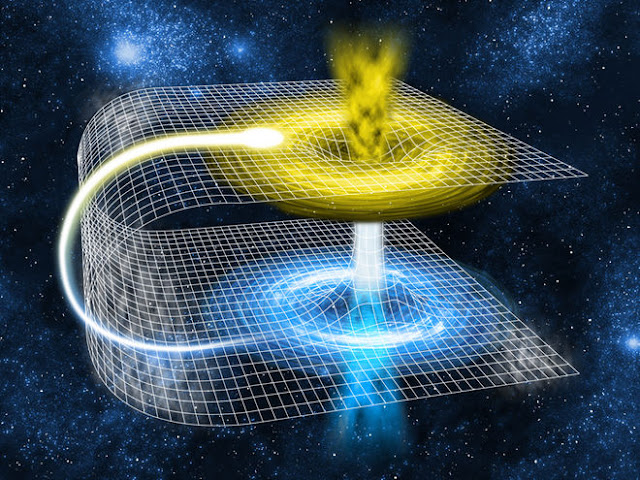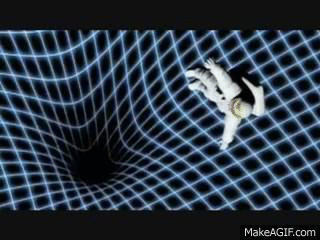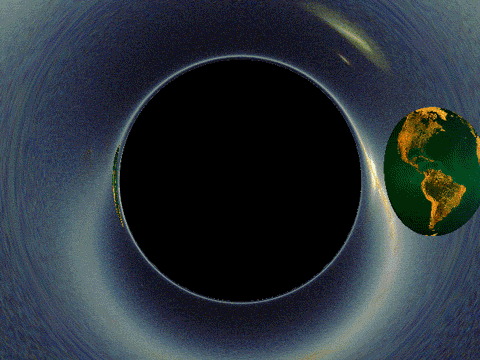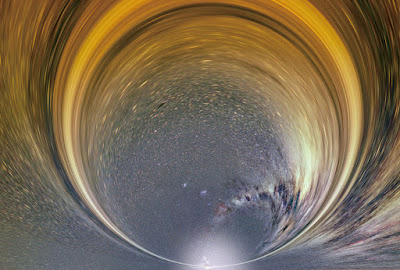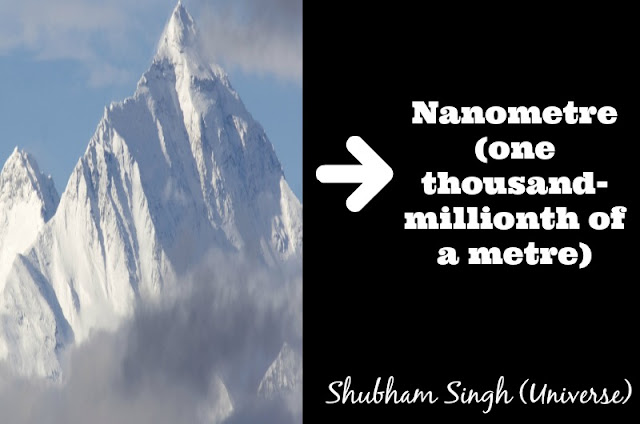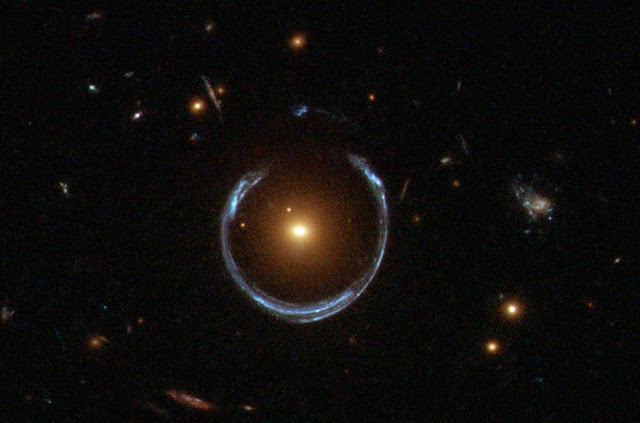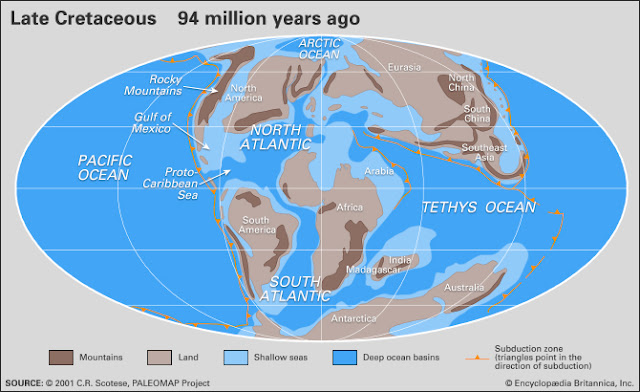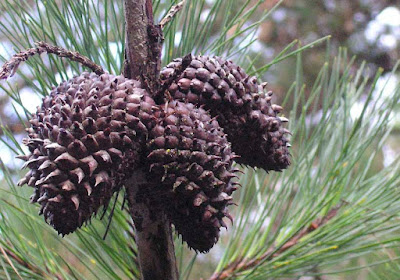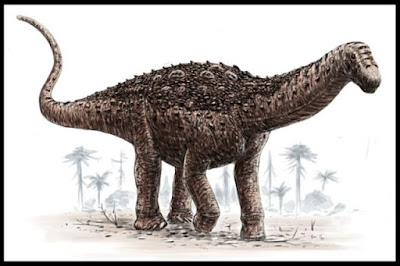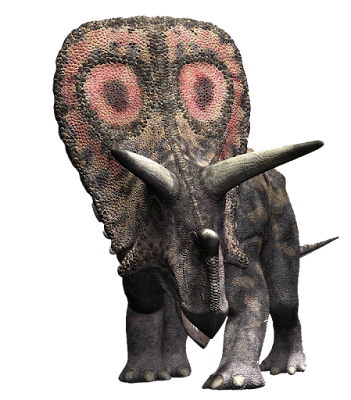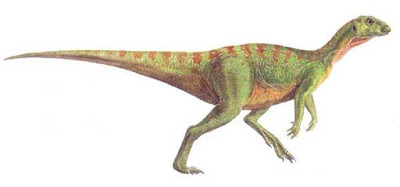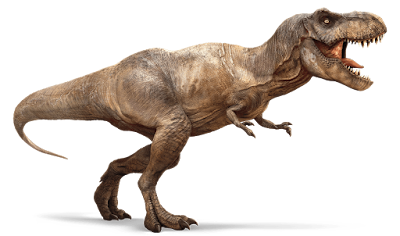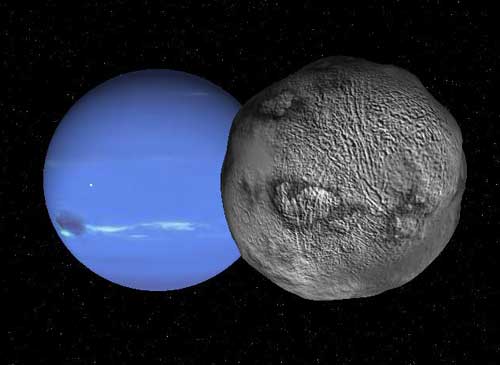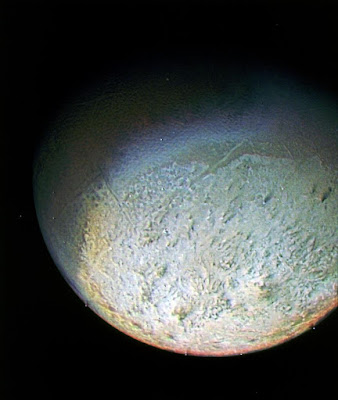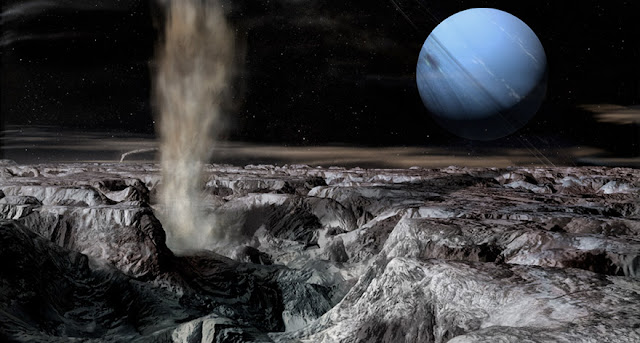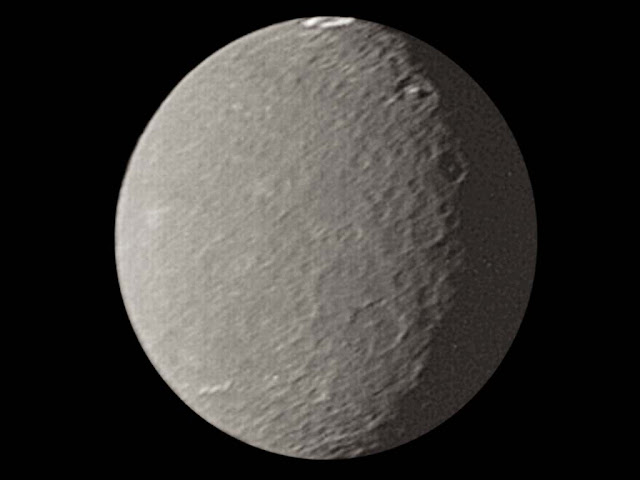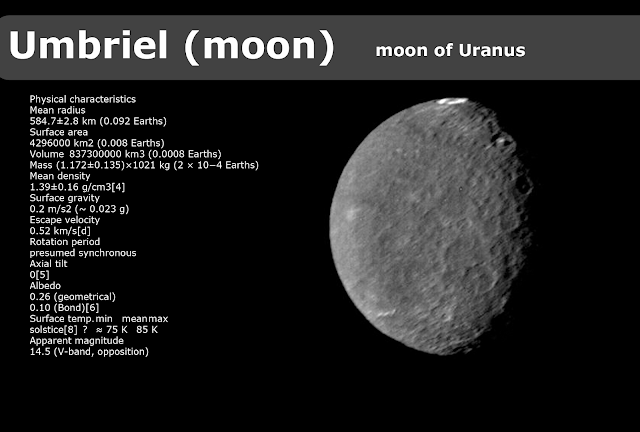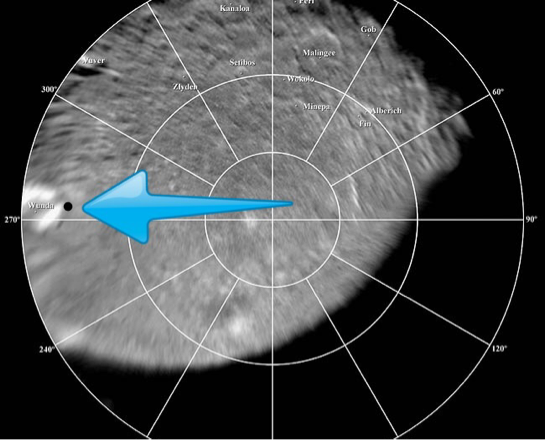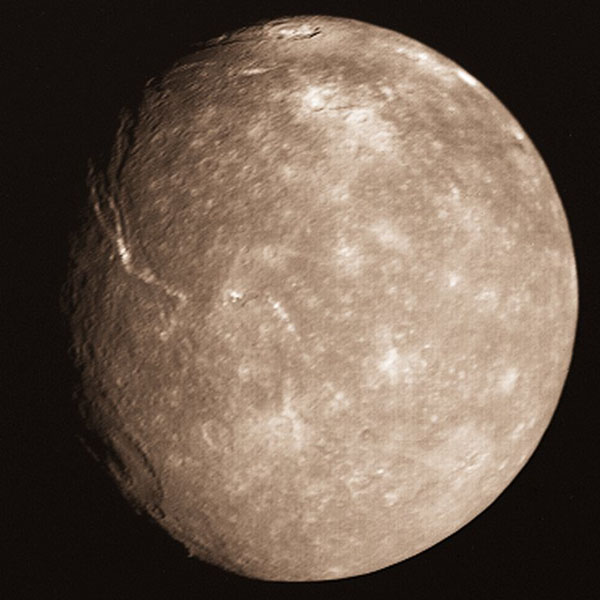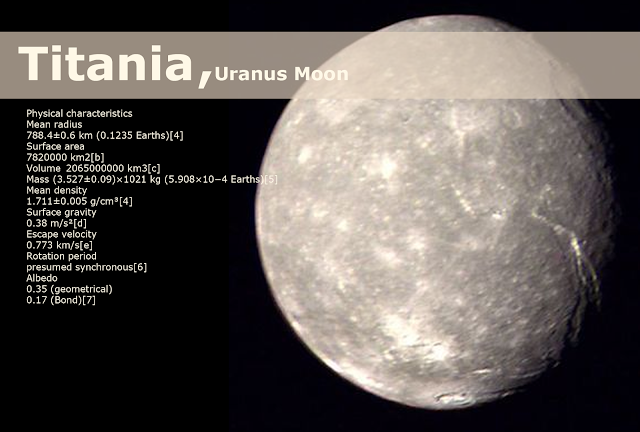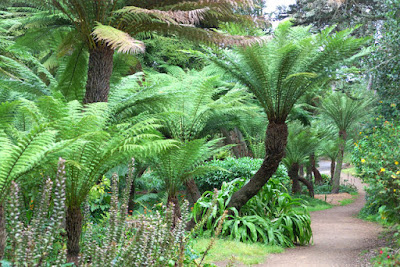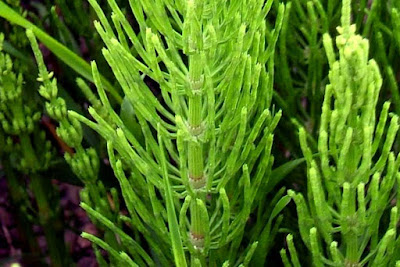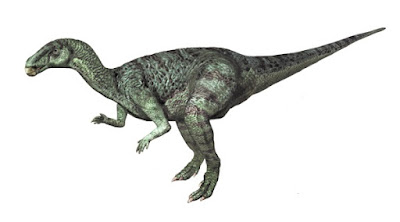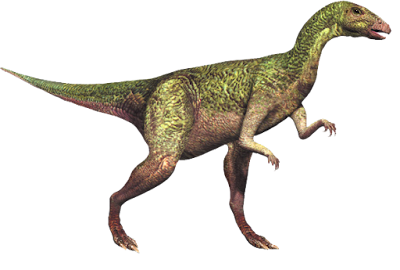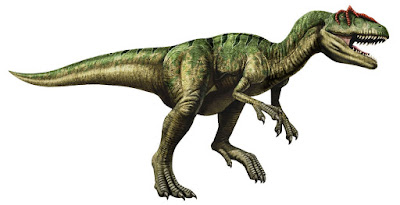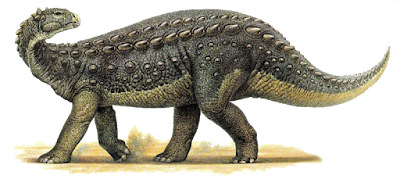Welcome to the series of Journey of the Black Hole:- (Part - 5)
Where are you in the Universe, do you have any idea?????????Or, here's a better question, where is the centre of the Universe???
Well, this might sound crazy, but it's everywhere. This is known as Cosmological Principle.
 |
| Expanding Universe |
If you were to put a bunch of dots on a balloon and then blow it up, all the dots would move away from each other at the same rate. And, on the surface of the balloon, there s no center.
For instance imagine two layers, they are exactly similar, except the top layer represents a 5% expansion of the bottom layer.
Let's say that you live on one of these dots, and you want to measure where everything is moving away from.
Well, imagine what happens when I line up a dot in a dot n the past and present. It looks like the centre of the expansion. I can do this with any dot.
As soon as I choose a dot to be frame of reference, it immediately becomes the center of the expansion.
So, while dying in Black Hole would be lonely and scary and morbid, when you look up into the sky instead about this.
No matter where you are, or who you are or what your friends or your parents, you really scientifically are the center of the Universe.
What if our Universe was a Googolplex ( 10(10100)) metres across? Well it nowhere near that large.
But if it was, it would be so voluminous that statistically, it would not be an exact copy of you somewhere else out there in the Universe.
